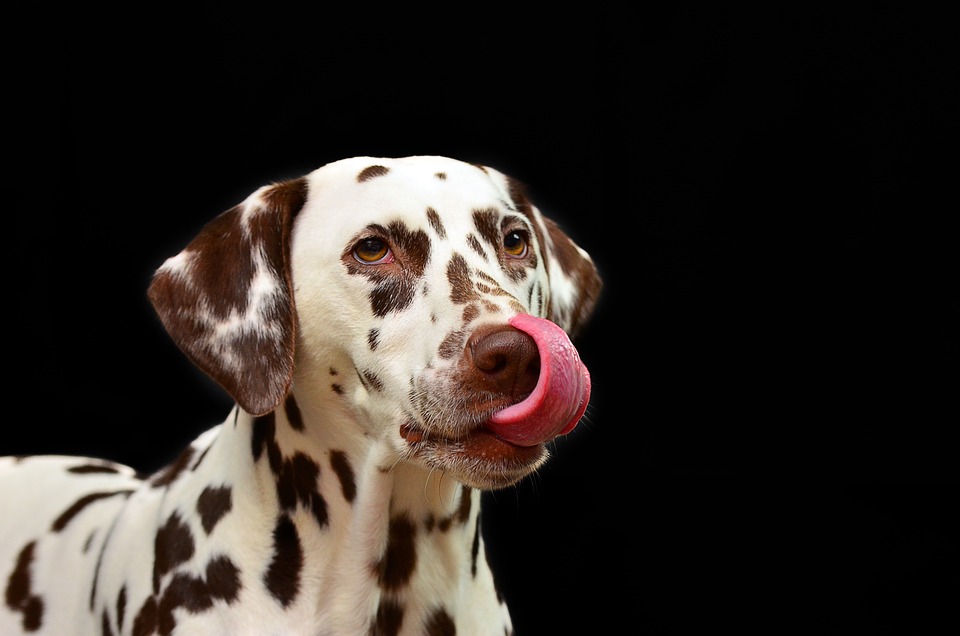Title: Managing and Preventing Common Eye Problems in Dogs: A Comprehensive Guide
Introduction:
As a responsible dog owner, it is crucial to pay close attention to your furry friend’s overall health, including their eyes. Dogs, just like humans, can experience various eye problems that may affect their vision and overall quality of life. In this article, we will delve into the most common eye problems in dogs, provide tips on managing and preventing them, and address frequently asked questions to ensure your pup’s ocular health remains in top shape.
I. Common Eye Problems in Dogs
Dogs are susceptible to several eye conditions, and being aware of these issues can help you identify potential problems early on. Some of the most common eye problems in dogs include:
1. Conjunctivitis: Also known as “pink eye,” this condition causes redness, itching, discharge, and swelling of the conjunctiva, the thin membrane lining the eyelids and covering the front of the eye.
2. Cataracts: Commonly seen in older dogs, cataracts are characterized by the clouding of the eye lens, leading to blurred vision or even blindness if left untreated.
3. Dry Eye (Keratoconjunctivitis Sicca): This condition occurs when the eyes fail to produce enough tears, causing discomfort, redness, discharge, and corneal damage.
4. Glaucoma: A condition characterized by increased pressure within the eye, glaucoma can lead to pain, redness, cloudiness, and potentially irreversible vision loss.
5. Corneal Ulcers: These are open sores on the cornea, typically caused by trauma, foreign objects, or infections. Symptoms include squinting, excessive tearing, and sensitivity to light.
II. Managing and Preventing Eye Problems in Dogs
Preventing eye problems in dogs is always better than treating them. Here are some essential tips to help you manage and prevent common eye problems:
1. Regular Veterinary Check-ups: Schedule regular visits to your veterinarian to ensure your dog’s eyes are thoroughly examined, keeping any potential issues in check and addressing them before they become severe.
2. Proper Hygiene: Keep your dog’s eyes clean by gently wiping away any discharge or debris using a damp cloth or approved pet eye wipes. Avoid using harsh chemicals or human eye drops without veterinary guidance.
3. Protective Measures: When engaging in outdoor activities or during windy conditions, consider using doggy goggles or protective eyewear to shield your dog’s eyes from dust, debris, or harmful UV rays.
4. Diet and Nutrition: Provide your dog with a balanced diet containing essential nutrients like omega-3 fatty acids, vitamin E, and antioxidants, which promote overall eye health.
5. Avoid Irritants: Keep your dog away from potential irritants such as smoke, chemicals, and strong perfumes, which can trigger eye irritation and inflammation.
6. Regular Exercise and Mental Stimulation: Regular exercise not only promotes your dog’s overall well-being but also aids in maintaining healthy blood circulation to the eyes, reducing the risk of certain eye conditions.
FAQs (Frequently Asked Questions)
Here are some commonly asked questions about dog eye health:
1. Q: Can I use human eye drops to treat my dog’s eye problems?
– A: No, it is best to consult with your veterinarian before using any eye drops or medications. Some human eye drops may contain ingredients that could be harmful to dogs.
2. Q: How can I tell if my dog has an eye infection?
– A: Look for signs such as redness, swelling, excessive tearing, discharge, squinting, or pawing at the eyes. If you suspect an infection, seek veterinary advice promptly.
3. Q: Are certain dog breeds more prone to eye problems?
– A: Yes, some breeds are more susceptible to certain eye conditions. For example, brachycephalic breeds (e.g., Bulldogs, Pugs) may be prone to dry eyes and corneal ulcers due to their unique eye anatomy.
4. Q: How can I prevent my dog from developing cataracts?
– A: While some cataracts may be hereditary or age-related, maintaining a balanced diet, regular exercise, and routine eye check-ups can help detect cataracts early and potentially slow their progression.
Remember, proper eye care is essential for your dog’s overall health and happiness. By staying vigilant, adopting preventive measures, and seeking veterinary assistance when needed, you can help your furry friend enjoy a lifetime of clear and healthy vision.
Conclusion:
Caring for your dog’s eyes is crucial in ensuring their well-being and quality of life. By proactively managing and preventing common eye problems, you can minimize discomfort, protect their vision, and foster a strong bond with your furry companion. Stay informed, consult your veterinarian whenever necessary, and provide the necessary care to keep those puppy eyes sparkling with health.









